Re: Re: Re: Proper deadlift pulling technique and preventing injuries
You don't have a clue...
You were using MY experience as an example to explain the importance of proper technique??? Well, according to YOU and YOUR proper technique...I tore my hamstring using YOUR proper technique. You want to tell me again how YOUR way is safer???
And YES...when I pull...if I start the bar close to my shins it DOES go out to go over my knees.
I love it when someone who doesn't even workout gives advice to athletes.
B True
anabolicmd said:
I was just using your experience as an example to explain the importance of proper technique when pulling heavy weights off the ground. If you disagree, you are welcome to reply and comment. And as far as the bar position at the beginning of the pull, it doesnt "go in then out then in" at the knees, it goes straight up past them. Remember, just because its common practice, does not mean it is proper technique.
You don't have a clue...
You were using MY experience as an example to explain the importance of proper technique??? Well, according to YOU and YOUR proper technique...I tore my hamstring using YOUR proper technique. You want to tell me again how YOUR way is safer???
And YES...when I pull...if I start the bar close to my shins it DOES go out to go over my knees.
I love it when someone who doesn't even workout gives advice to athletes.
B True


 Please Scroll Down to See Forums Below
Please Scroll Down to See Forums Below 










